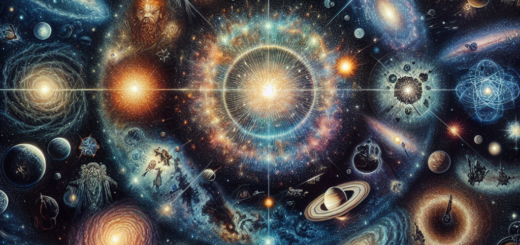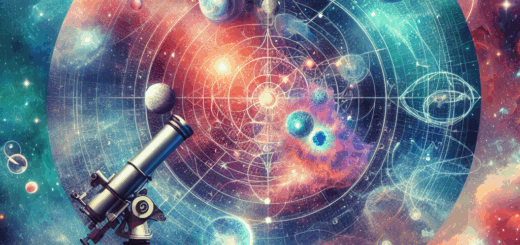The Big Bang and Beyond: Galactic Science Shaping Our Understanding of the Cosmos
The Big Bang theory is one of the most widely accepted explanations for the origin of the universe. It posits that the universe began as a singularity – a point of infinite density and temperature – and has been expanding ever since. This theory has been supported by a wealth of observational evidence, including the discovery of the cosmic microwave background radiation, which is thought to be the afterglow of the Big Bang.
But what happened in the moments immediately following the Big Bang? How did the first galaxies form, and how have they evolved over billions of years? These are questions that scientists have been grappling with for decades, and recent advancements in galactic science have provided some fascinating answers.
One of the key tools in studying the universe’s early history is the Hubble Space Telescope. This iconic telescope has revolutionized our understanding of the cosmos by capturing stunning images of distant galaxies and providing valuable data on their composition, size, and age. By studying these galaxies, scientists have been able to piece together a timeline of how the universe has evolved since the Big Bang.
In recent years, astronomers have made some exciting discoveries about the formation and evolution of galaxies. For example, they have found evidence that galaxies were already forming just a few hundred million years after the Big Bang, much earlier than previously thought. They have also observed a diverse range of galaxy types, from small, irregular dwarf galaxies to massive, spiral-shaped galaxies like our own Milky Way.
But perhaps the most intriguing discovery in galactic science in recent years has been the existence of supermassive black holes at the centers of many galaxies. These black holes are millions or even billions of times more massive than our sun, and they are thought to play a crucial role in shaping the evolution of their host galaxies. By studying these black holes and their surrounding environments, scientists hope to gain a better understanding of how galaxies grow and evolve over time.
As our technology and observational capabilities continue to improve, scientists are poised to make even more groundbreaking discoveries in galactic science. New telescopes like the James Webb Space Telescope, set to launch in 2021, will provide unprecedented views of the early universe and help to unravel some of its most enduring mysteries.
In conclusion, galactic science is a field that is constantly evolving and expanding our understanding of the cosmos. By studying the formation and evolution of galaxies, scientists are able to piece together the story of how the universe came to be and how it has changed over billions of years. The Big Bang may have been the beginning, but our exploration of the cosmos is far from over.













